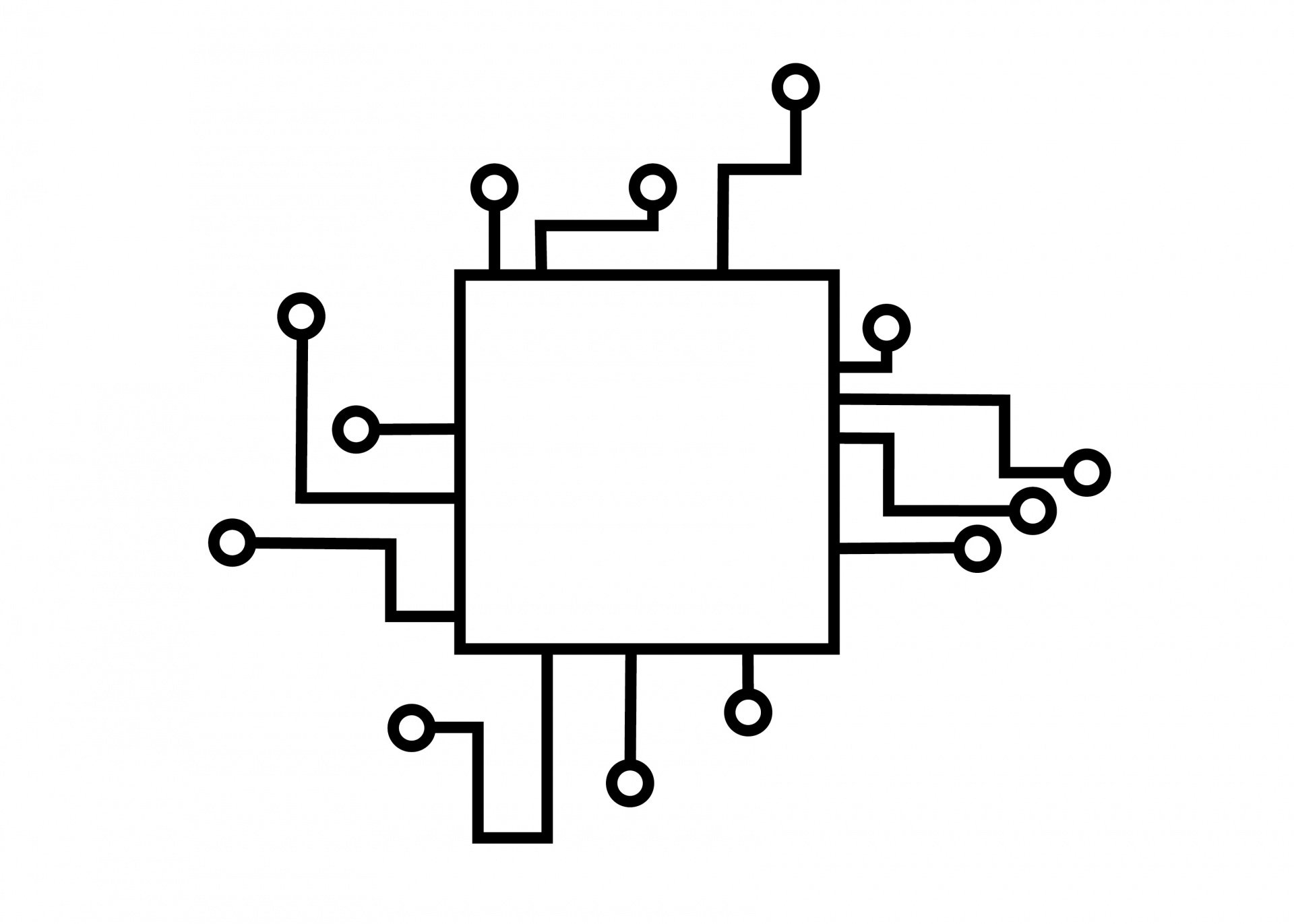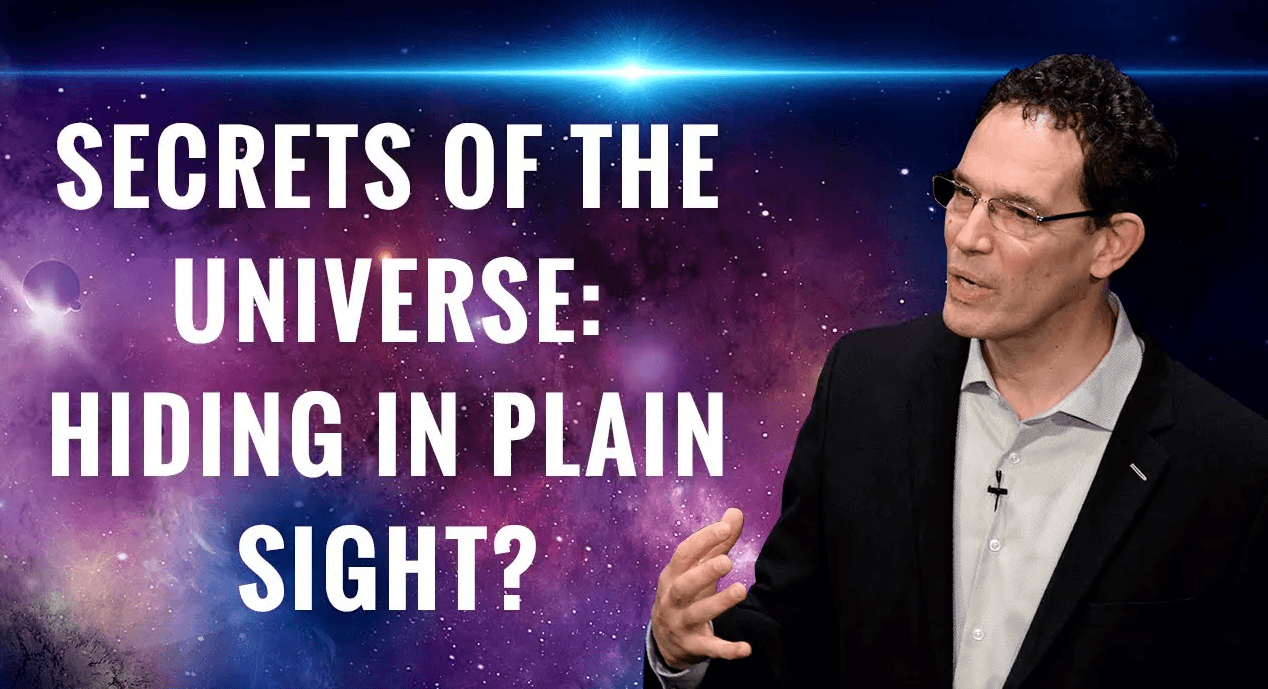I’ve been a big fan of Turok’s theory since his first paper on a CPT symmetric universe. The fact he’s since had this slight change to the standard model explain a number of the big problems in cosmology with such an elegant and straightforward solution (with testable predictions) is really neat. I even suspect if he’s around long enough there will end up being a Nobel in his future for the effort.
The reason it’s being posted here is that the model also happens to call to mind the topic of this community, particularly when thinking about the combination of quantum mechanical interpretations with this cosmological picture.
There’s only one mirror universe on a cosmological scale in Turok’s theory.
But in a number of QM interpretations, such as Everett’s many worlds, transactional interpretation, and two state vector formalism, there may be more than one parallel “branch” of a quantized, formal reality in the fine details.
This kind of fits with what we might expect to see if the ‘mirror’ universe in Turok’s model is in fact an original universe being backpropagated into multiple alternative and parallel copies of the original.
Each copy universe would only have one mirror (the original), but would have multiple parallel versions, varying based on fundamental probabilistic outcomes (resolving the wave function to multiple discrete results).
The original would instead have a massive number of approximate copies mirroring it, similar to the very large number of iterations of machine learning to predict an existing data series.
We might also expect that if this is the case that the math will eventually work out better if our ‘mirror’ in Turok’s model is either not quantized at all or is quantized at a higher fidelity (i.e. we’re the blockier Minecraft world as compared to it). Parts of the quantum picture are one of the holdout aspects of Turok’s model, so I’ll personally be watching it carefully for any addition of something akin to throwing out quantization for the mirror.
In any case, even simulation implications aside, it should be an interesting read for anyone curious about cosmology.


